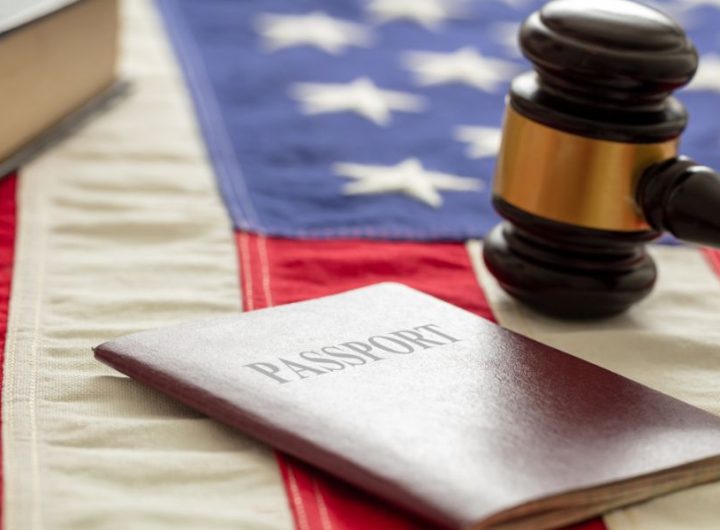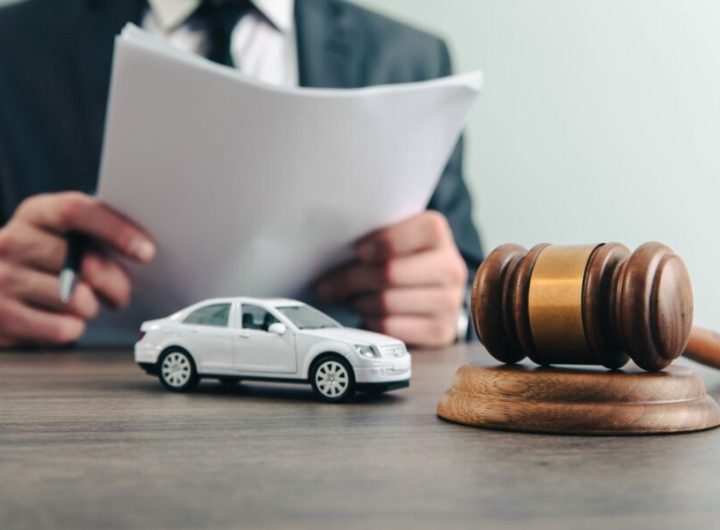
A wet grocery aisle, a crumbling stair, a dimly lit parking lot where a robbery occurs, each can trigger a Premises Liability Texas claim. In 2025, Texas law still asks the same core questions: Who controlled the property? What duty did they owe? What did they know, and when did they know it? This article breaks down slip-and-fall accidents, unsafe property conditions, and negligent security, then shows how to prove liability, gather credible evidence, and understand how courts calculate damages. It also highlights recent case law that’s shaping outcomes so injured individuals know where they stand before deciding what to do next. Read more for practical, Texas-specific guidance.
Defining premises liability under Texas law
Texas premises liability centers on a property owner or occupier’s duty to those on the property. Duty depends on the visitor’s legal status:
- Invitee (e.g., shopper, tenant’s guest): Owed the highest duty. Owners must use ordinary care to make the property reasonably safe, which includes inspecting for and correcting or warning about unreasonably dangerous conditions they know or should know about.
- Licensee (e.g., social guest): Owed a duty to warn of known dangers: no duty to inspect for unknown hazards.
- Trespasser: Limited duty to avoid willful, wanton, or grossly negligent harm, with special rules for children under the “attractive nuisance” doctrine.
Two doctrines matter in almost every case:
- Premises defect vs. negligent activity: If the injury stems from a static condition (like a spill that already existed), it’s a premises defect claim. If it arises from contemporaneous activity (like an ongoing power-washing that sprays soapy water), it may be a negligent-activity claim.
- Comparative negligence: Texas applies proportionate responsibility. If the plaintiff is more than 50% at fault, they recover nothing: otherwise, damages are reduced by their percentage of fault.
Control is key. Owners, occupiers, and sometimes property managers can be liable if they controlled the area or the condition. Construction-site and contractor injuries may also involve Chapter 95 (claims by contractors) and control-based duties. These rules frame everything that follows.
Slip-and-fall accidents and unsafe property conditions
Slip-and-fall and trip-and-fall cases are common Premises Liability Texas claims, but they turn on proof that the owner had actual or constructive notice of the hazard and failed to use reasonable care.
What courts look for
- Unreasonably dangerous condition: Spilled liquids, uneven flooring, loose mats, broken handrails, potholes, or poor lighting.
- Actual or constructive notice: Did employees create the hazard? Did they know about it? If not, was the condition present long enough that they should have discovered it with reasonable inspections?
- Failure to act reasonably: No timely cleanup, no cones or warnings, no inspection routine, or a policy that isn’t followed.
Texas courts often require “temporal” evidence, something showing how long the danger existed. In grocery-aisle cases, for example, photos of track marks through a puddle, dirty edges to a spill, or witness testimony that the hazard sat for 20 minutes can tip the scale. Critically, Texas does not follow a “mode-of-operation” theory that presumes notice simply because a store sells easily spilled items: specific proof of notice is still needed.
Unsafe conditions extend beyond spills: broken steps at apartment complexes, cables across walkways at events, or deteriorated parking lots. The same notice-and-reasonableness framework applies. If a hazard was open and obvious, duty may be reduced or eliminated, unless circumstances made encountering it effectively unavoidable under the situation.
Negligent security and its impact on liability claims
Negligent security claims involve injuries from third-party criminal acts on the property, robberies, assaults, or sexual assaults in apartments, hotels, bars, and parking lots. The central question is foreseeability. Under Texas law, property owners generally must take reasonable steps to protect invitees from crimes that are sufficiently foreseeable.
Courts analyze foreseeability using non-exclusive factors like proximity, recency, frequency, similarity, and publicity of prior crimes. A string of similar incidents near the same entrance within months is more predictive than a one-off burglary blocks away years earlier. Bars and venues where tensions escalate also face duties if staff have actual knowledge of a brewing confrontation and time to intervene.
Reasonable security measures vary with risk: working lights and locks, functioning cameras, controlled access, security patrols, and prompt responses to reported threats. Owners aren’t insurers of safety, but when the risk is foreseeable and the response is inadequate, liability can attach. Strong documentation of prior incidents, and the property’s security protocols, often decides these cases.
Proving duty of care and collecting strong evidence
Winning a premises claim is as much about evidence as law. The burden is on the plaintiff to establish duty, breach, causation, and damages. Evidence that tends to move the needle includes:
- Scene preservation: Photos and video of the hazard, lighting, warning signs (or lack of them), and the broader area from multiple angles. Capture time stamps.
- Witnesses: Names, contact info, short statements (what they saw, for how long, who was notified).
- Incident reports and policies: Request the store or property report, cleaning logs, security patrol logs, and surveillance footage. Send a prompt preservation letter. Texas courts scrutinize spoliation: intentionally lost video can lead to sanctions.
- Medical proof: Immediate evaluation, consistent complaints, and records that tie injuries to the incident. In Texas, reasonableness of medical charges matters: affidavits under Section 18.001 can streamline proof, though providers’ rates and letters of protection may be examined.
- Footwear and clothing: Keep them unaltered. Tread patterns, residues, and tears can show mechanism of injury.
- Ownership and control: Deeds, leases, and maintenance agreements help identify who controlled the area and the condition.
Timing matters. The personal-injury limitations period is generally two years from the incident. Claims against governmental units require prompt notice (often within six months), with damages caps. When independent contractors are involved, issues of control and Chapter 95 may limit or expand duties. A disciplined evidence plan can be the difference between speculation and proof.
How Texas courts evaluate damages in 2025
Texas courts separate damages into economic, non-economic, and, in rare cases, exemplary (punitive).
- Economic damages: Medical expenses (limited to amounts actually paid or incurred), future medicals backed by expert opinion, lost wages, lost earning capacity, and out-of-pocket costs. Recent Texas practice continues to examine the reasonableness of medical charges closely, including rates under letters of protection.
- Non-economic damages: Pain and suffering, physical impairment, mental anguish, and loss of consortium. Juries weigh credibility, injury severity, and recovery trajectory.
- Exemplary damages: Available only with clear and convincing evidence of fraud, malice, or gross negligence. Texas caps exemplary damages, the greater of $200,000 or two times economic damages plus up to $750,000 of non-economic damages.
Comparative fault reduces recoveries by the plaintiff’s percentage of responsibility and bars recovery at more than 50% fault. Insurance limits, liens (including hospital liens), and subrogation can affect net outcomes.
Certain categories have statutory limits: medical malpractice claims have non-economic caps: claims against governmental units are capped (often $250,000 per person and $500,000 per occurrence for the state and municipalities: many other local entities are capped at $100,000/$300,000). In 2025, expect continued scrutiny of billed medical rates, more frequent challenges to future medicals without solid expert support, and juries receptive to clear, contemporaneous documentation of pain, impairment, and life impact.
Recent case law shaping premises liability outcomes
Several Texas Supreme Court decisions continue to steer outcomes:
- Wal-Mart v. Reece: Constructive notice in slip-and-fall cases often requires temporal evidence of how long a spill existed.
- Austin v. Kroger: The open-and-obvious doctrine can negate duty for certain hazards, with narrow exceptions.
- Timberwalk and progeny (including later appellate decisions and UDR Texas Properties): Foreseeability in negligent security demands crimes similar in type, proximity, and time: generalized crime in a neighborhood is not enough.
- Brookshire Brothers v. Aldridge: Spoliation of evidence is addressed by the court, with serious sanctions reserved for intentional destruction.
- K&L Auto Crushers: Reasonableness of medical charges is fair game, particularly where letters of protection are involved.
Recent appellate trends reaffirm these principles: no mode-of-operation shortcuts for notice, tight foreseeability standards in security cases, and rigorous examinations of medical billing. Read more in the damages and evidence sections above for how these rulings play out in practice.


 Uncovering the Realms of Property Division During a Divorce Case
Uncovering the Realms of Property Division During a Divorce Case  Estate Planning After Divorce: Protecting Your Financial Future in Boston
Estate Planning After Divorce: Protecting Your Financial Future in Boston  The Role of Evidence in Winning a Car Accident Claim in Atlanta
The Role of Evidence in Winning a Car Accident Claim in Atlanta  Exploring the EB-5 Investor Visa Program and Immigration Pathways in 2025
Exploring the EB-5 Investor Visa Program and Immigration Pathways in 2025  Workers’ Compensation Rights and Employee Protections in Washington State
Workers’ Compensation Rights and Employee Protections in Washington State  Smart Strategies a Harlem Personal Injury Lawyer Uses to Maximize Car Accident Settlements
Smart Strategies a Harlem Personal Injury Lawyer Uses to Maximize Car Accident Settlements